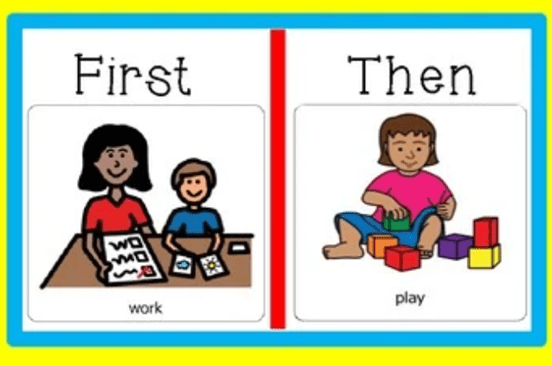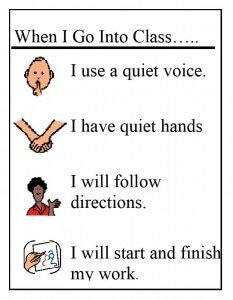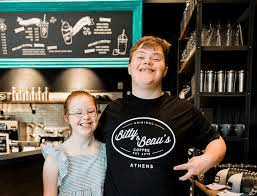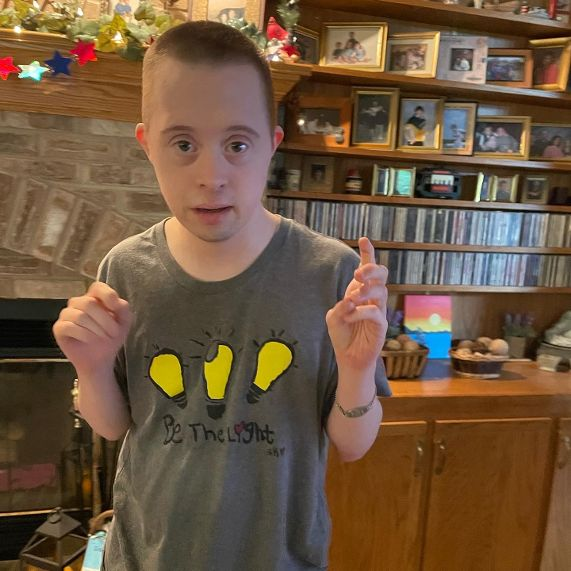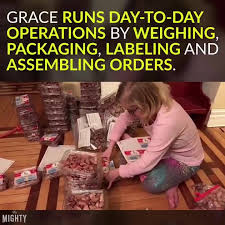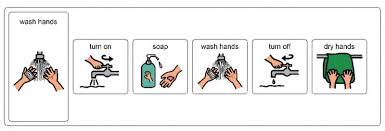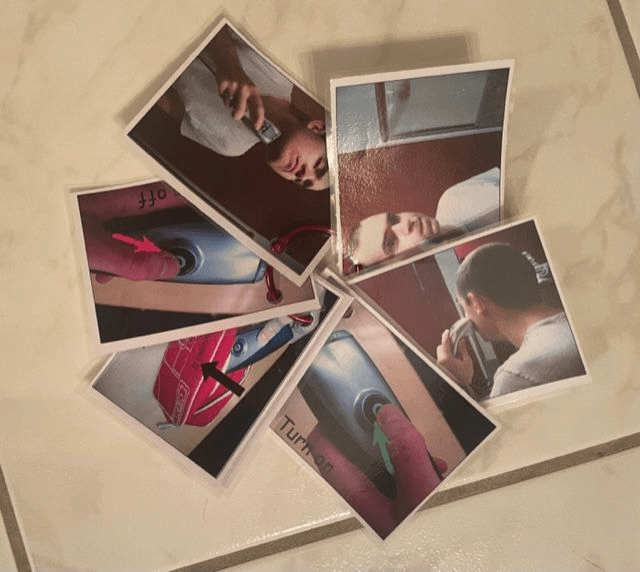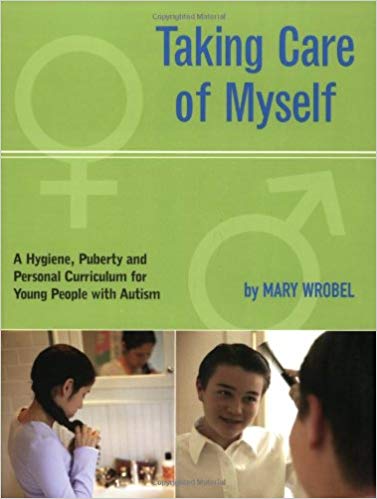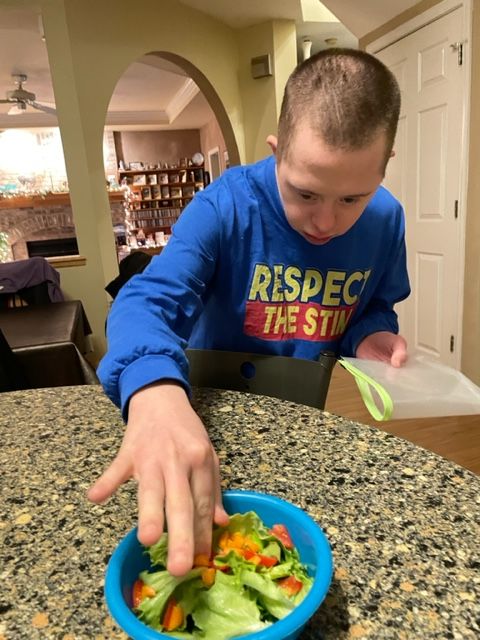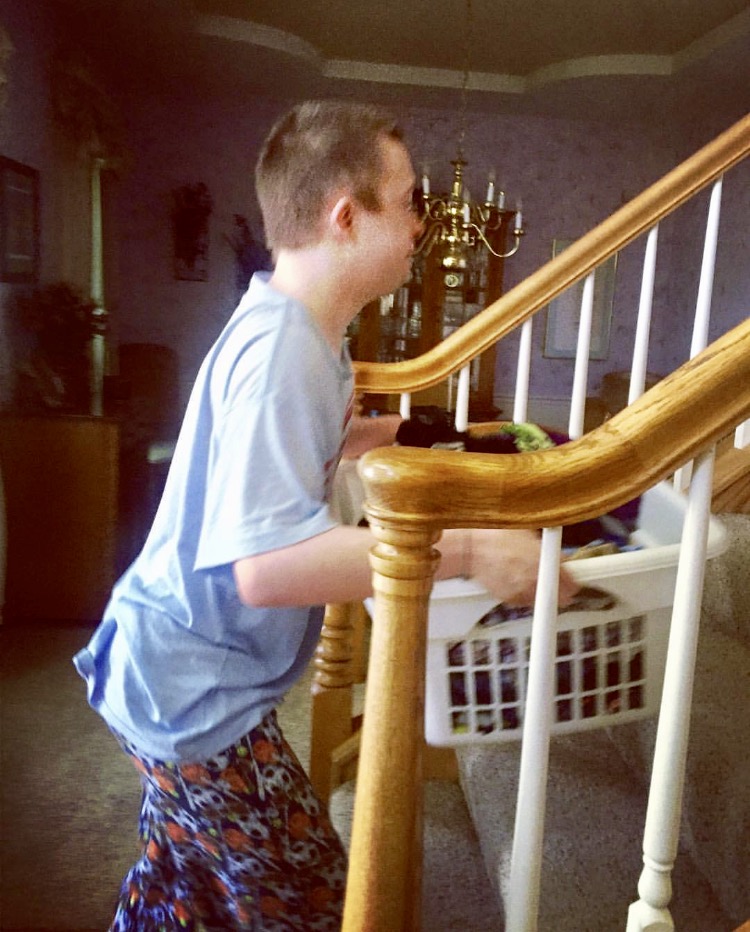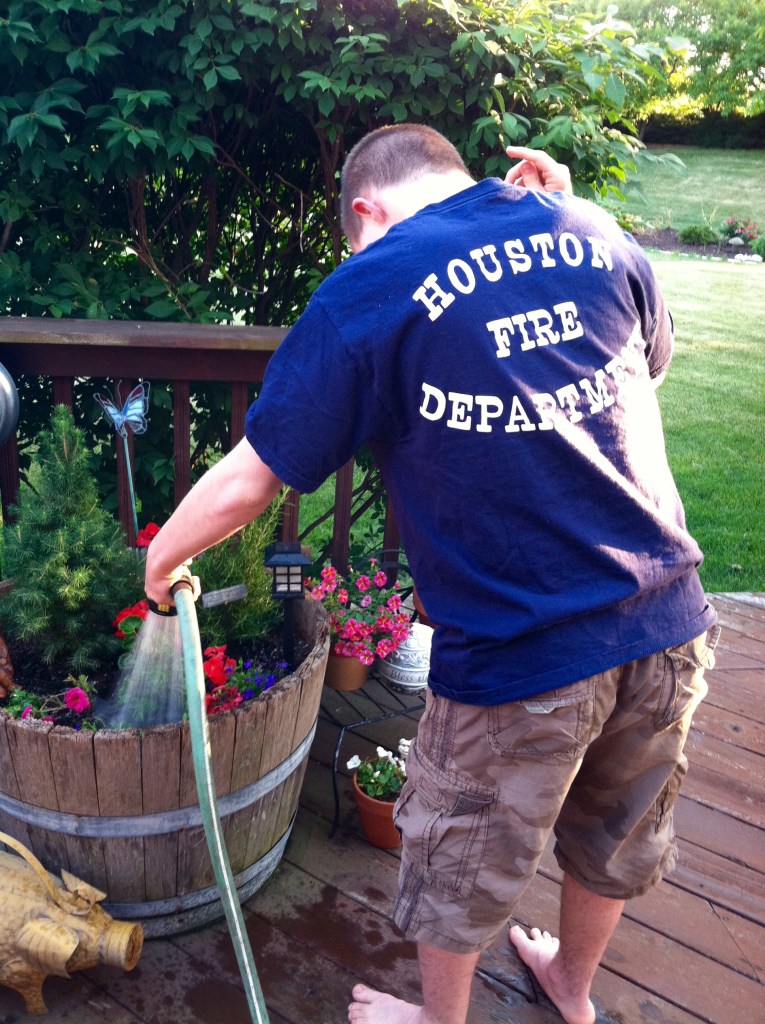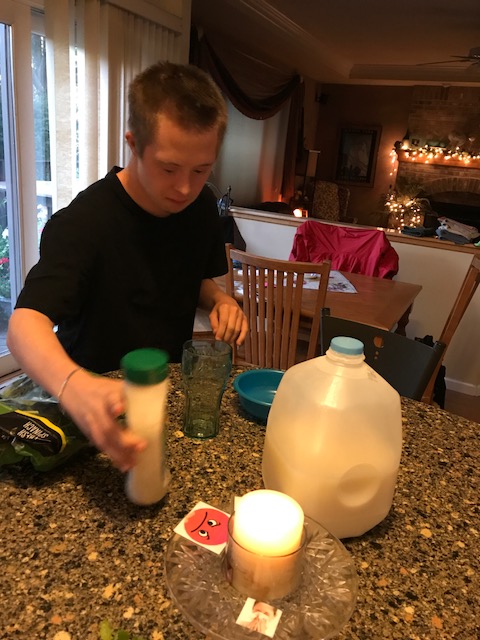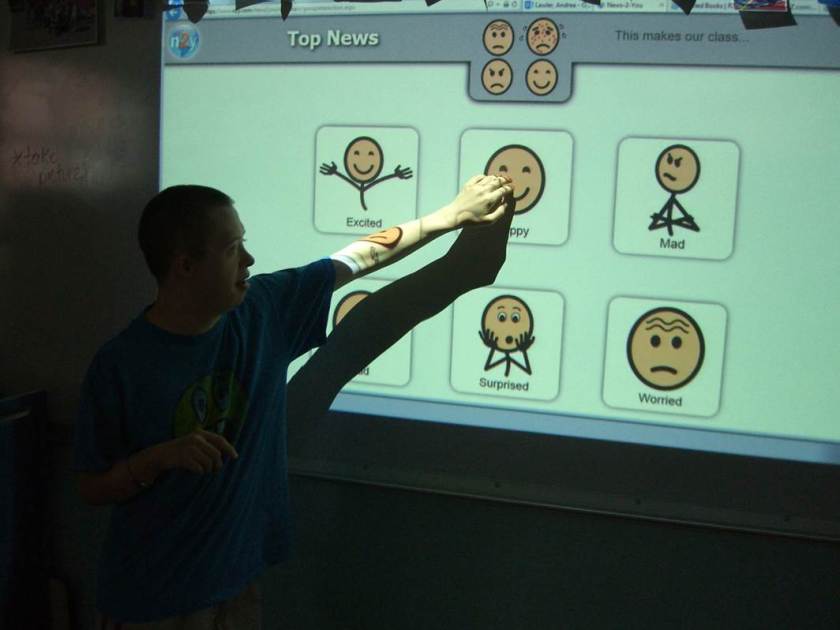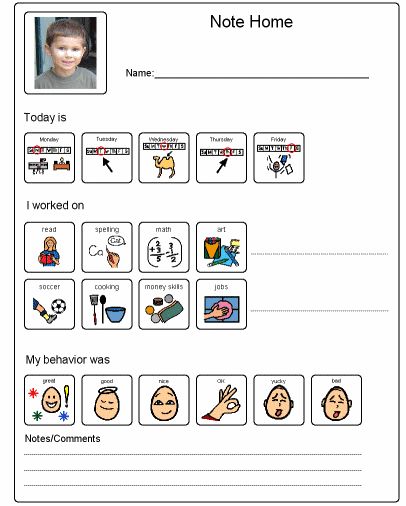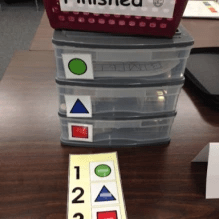Blog #258~When Down Syndrome and Autism Intersect
As Autism Acceptance Month winds down, I want to highlight a great new resource for families, medical professionals, clinicians, teachers and caregivers who are supporting an individual with a dual diagnosis of Down syndrome and autism. Did you know that research shows that about 16-18% of people with Down syndrome also have autism spectrum disorder (DS-ASD) (Autism Speaks: Richards et al., 2015). Navigating the DS-ASD journey is complex and challenging, I’ve been on this road with my son Nick, for 30 years. Thankfully, the top experts in the field have joined together to create this new resource that was just published: The second edition of When Down Syndrome and Autism Interesect: A Guide to DS-ASD for Parents and Professionals, by authors Margaret Froehlke, RN, BSN and Robin Sattell, MS.
Order here: https://a.co/d/fbIBv0z

UNLOCK THE WORLD OF DS-ASD
“The first edition of When Down Syndrome and Autism Intersect was the first book to focus on the unique profile of a Down Syndrome-Autism Spectrum Disorder (DS-ASD) diagnosis. Now with this greatly expanded, updated second edition, it remains the only book for parents and professionals offering a comprehensive guide to supporting individuals with this complex dual diagnosis. Written by a large team of veteran parents and experts in the field, it covers every aspect of caring for children and adults with DS-ASD. Full of good will and respect for the DS-ASD community, this book offers sound information and resources steeped in research and clinical findings. It is also grounded in respect and concern for the parents’ need for specialized supports. Families will find a treasure trove of anecdotes and practical advice, discovering that they are not alone as they continue on their DS-ASD journey.“
This new book is a game changer for the DS-ASD community. It compiles the most up-to-date, evidenced based research, best practices and strategies to support individuals with DS-ASD. I had the honor of being a contributor in chapter 10, “Understanding Communication, Behavior and Sensory Strategies”. When Down Syndrome and Autism Intersect is the essential guide to help understand, navigate and empathize this complex and often difficult journey. I look forward to sharing more about the contents of this book with you in future blogs.
That’s what is in my noggin this week.
~Teresa 🙂
Follow on Social Media:


